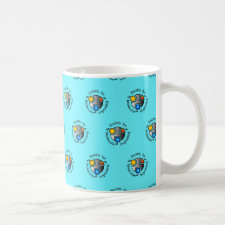
Authors: Feás X, Ye L, Hosseini SV, Fente CA, Cepeda A
Article Title: Molecularly imprinted polyallylamine hydrogels: another reassessment.
Publication date: 2010
Journal: Polymer International
Volume: 59
Issue: (1)
Page numbers: 11-15.
DOI: 10.1002/pi.2690
Abstract: Researchers in the scientific community actively discuss the fact that polymer hydrogels synthesized by crosslinking polly(allylamine hydrochloride) (PAH) with epichlorohydrin (EPI) in the presence of D-glucose-6-phosphate monobarium salt do not show or show imprinting on the molecular level. In the work reported here, a polymer hydrogel was synthesized in the presence of flumequine (FQ) by crosslinking PAH with EPI in an aqueous system. The extent of FQ binding was assessed using liquid chromatography coupled with laser-induced fluorescence detection. A hydrogel-imprinting system was found to display FQ selectivity in binding assays (75.1 and 41.9%) compared with hydrogel formed in the absence of a template (41.6 and 20.4%). High-magnification scanning electron microscopy (SEM) images show that both of the hydrogels are highly ordered, exhibiting a lsquohoneycombrsquo pattern distribution. For the effect of the template molecule in the polymer structure (i.e. the imprinting effect in hydrogel morphology), appreciable differences were observed for images obtained. The non-imprinted polymer had a uniform, smoothly shaped surface. By contrast, the hydrogel molecular imprinting polymer surface was more globular. This difference was likely caused by the structure of the target molecule. Binding experiment results correlate with surface morphology, as analysed using SEM, and indicate that imprinted hydrogels have recognizable cavities with an affinity for used FQ from the imprint. Copyright © 2009 Society of Chemical Industry
Template and target information: flumequine, FQ
Author keywords: polyallylamine, hydrogels, flumequine, molecular imprinting, SEM (scanning electron microscopy)



Join the Society for Molecular Imprinting

New items RSS feed
Sign-up for e-mail updates:
Choose between receiving an occasional newsletter or more frequent e-mail alerts.
Click here to go to the sign-up page.
Is your name elemental or peptidic? Enter your name and find out by clicking either of the buttons below!
Other products you may like:
 MIPdatabase
MIPdatabase









